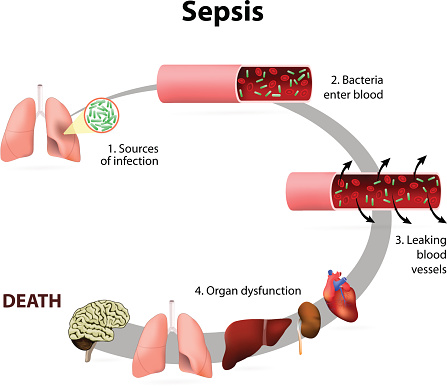

A septic tank is an anaerobic environment, which means the bacteria in these airtight containers thrive without oxygen. Waste in the form of solids sinks to the bottom of the tank where bacteria and enzymes break it down and keep it from quickly filling up the tank. A septic system is basically an underground tank where waste is contained. In such areas, a septic system is necessary to keep and store waste from toilets, sinks, tubs, washing machines, dishwashers, and garbage disposals. Not all homes have access to a sewer system.

Key considerations How does a septic system work? They’re common in rural areas around the country and range in size from about 700 to 1,500 gallons. It’s estimated that 20% of the homes in the United States have septic systems. We’ve put together this shopping guide with helpful information about what you can expect from these products, and we’ve chosen the best treatments available for your consideration and to help make your decision easier. Shopping for a septic tank treatment can be confusing, but we’re here to assist you. And while these treatments won’t solve all of your septic tank concerns, they may reduce odors and increase the length of time required between professional cleanings. These products contain natural ingredients that manufacturers claim break down organic and solid waste materials that can clog pipes and cause tanks to fill prematurely. Along with the necessary inspecting and pumping of your septic tank, using a septic system treatment may help maintain this vital equipment.

That’s why proactive care is a must for homeowners who rely on a septic system instead of the sewer system to dispose of human waste. Improper care can lead to tank backup and, in the worst cases, expensive repairs. No one likes to think about the job of a septic system, but having a problem with the system is even more unpleasant. Buying guide for best septic tank treatments


 0 kommentar(er)
0 kommentar(er)
